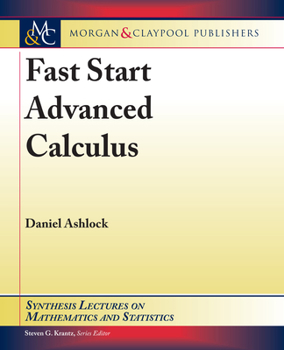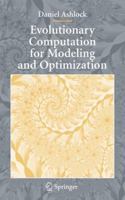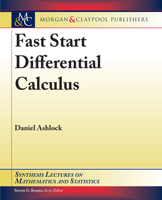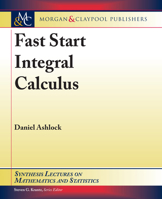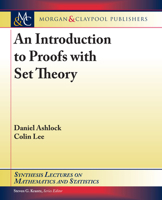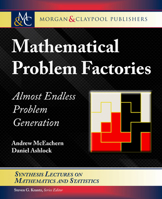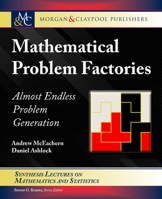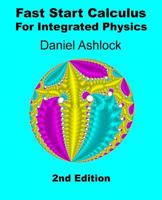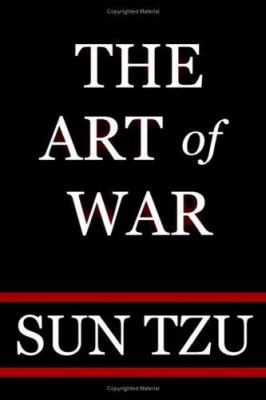Fast Start Advanced Calculus (Synthesis Lectures on Mathematics and Statistics)
Select Format
Select Condition 
Book Overview
This book continues the material in two early Fast Start calculus volumes to include multivariate calculus, sequences and series, and a variety of additional applications.
These include partial derivatives and the optimization techniques that arise from them, including Lagrange multipliers. Volumes of rotation, arc length, and surface area are included in the additional applications of integration. Using multiple integrals, including computing volume and center of mass, is covered. The book concludes with an initial treatment of sequences, series, power series, and Taylor's series, including techniques of function approximation.
Format:Hardcover
Language:English
ISBN:1681736586
ISBN13:9781681736587
Release Date:September 2019
Publisher:Morgan & Claypool
Length:193 Pages
Weight:1.21 lbs.
Dimensions:0.5" x 7.5" x 9.3"
More by Daniel Ashlock
Customer Reviews
5 customer ratings | 4 reviews
There are currently no reviews. Be the first to review this work.










